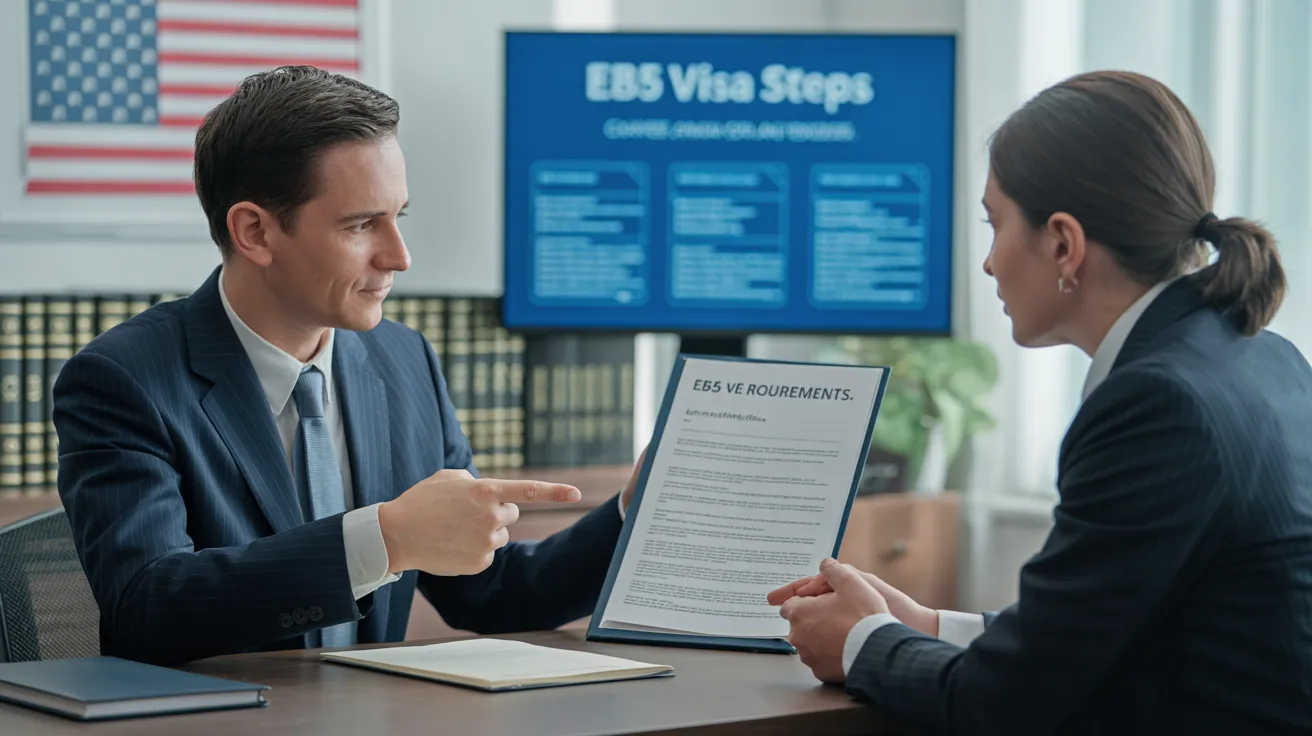Getting The L1 copyright Work
Table of ContentsIndicators on L1 Visa You Need To KnowNot known Details About L1 Visa The Definitive Guide for L1 VisaWhat Does L1 Visa Mean?The Only Guide to L1 VisaL1 Visa Fundamentals ExplainedThe Single Strategy To Use For L1 Visa
The L-1 visa is an employment-based visa classification developed by Congress in 1970, enabling multinational firms to move their managers, execs, or crucial personnel to their U.S. procedures. It is typically described as the intracompany transferee visa. There are 2 primary kinds of L-1 visas: L-1A and L-1B. These kinds are suitable for staff members worked with in various placements within a company.In addition, the beneficiary must have operated in a supervisory, executive, or specialized staff member placement for one year within the three years preceding the L-1A application in the international business. For brand-new office applications, international work should have remained in a supervisory or executive capacity if the recipient is involving the United States to function as a supervisor or exec.
for as much as seven years to supervise the operations of the united state affiliate as an executive or manager. If issued for an U.S. business that has actually been operational for even more than one year, the L-1A visa is at first granted for approximately 3 years and can be extended in two-year increments.
The Ultimate Guide To L1 Visa
If given for a united state company operational for more than one year, the preliminary L-1B visa is for approximately 3 years and can be expanded for an additional 2 years. On the other hand, if the U.S. business is newly developed or has actually been functional for much less than one year, the initial L-1B visa is provided for one year, with extensions offered in two-year increments.
L-1A visa holders can remain in the U.S. for up to 7 years, while L-1B visa holders can work in the U.S. for up to five years. L-1A visa can lead to an EB-1C immigrant visa, whereas L-1B visa can not lead directly to irreversible home standing.


Alternatively, if you possess unique or sophisticated knowledge within your firm, you might be eligible for transfer to the U.S. to use your specialized abilities. The L-1 visa process includes complex procedures, necessitating extensive documents and cautious examination of lawful demands on a case-by-case basis. In this regard, the support of an immigration lawyer is critical for ensuring the successful completion of the process.
The L-1 visa stands as an important device for global companies, helping with the transfer of key workers between overseas and United state branches. To drop light on this subject, we've compiled a thorough overview dealing with the most often asked concerns concerning the L-1 visa: At its core, the L-1 visa allows multinational companies to transfer particular workers from foreign workplaces to U.S.
entities, such as parent, subsidiary, or affiliate - L1 Visa. Specialized knowledge refers to experience or understanding of the firm's items, services, procedures, or treatments that is not readily offered in the U.S.
What Does L1 Visa Mean?
Yes, L-1 visa holders can owners their spouses and partners children under 21 years of age to the United States on L-2 visas.
Citizenship and Migration Services (USCIS), along with sustaining paperwork showing the certifying connection between the overseas and U.S. entities and the certifications of the worker being moved. While the L-1 visa is a preferred option for intra-company transfers, there are different visa options offered depending on the person's certifications and circumstances.
Yes, spouses of L-1 visa holders on L-2 visas are accredited to function without having to request work permission. While there L1 Visa requirements is no certain need for L-1 visa owners to maintain a foreign home, they are expected to maintain ties to their home country and intend to depart the United States upon completion of their accredited stay.
The domestic employee must have been employed by the L-1 visa owner for at the very least one year within the coming before three years and need to plan to function permanent for the visa owner in the U.S. When making an application for an extension of keep on an L-1 visa, employers should remain to show the certifying relationship in between the overseas and united state
L1 Visa Fundamentals Explained

These demands and interpretations ensure that the L-1 visa program serves its intended purpose of facilitating the transfer of crucial employees within international firms while preserving the stability of the visa group. L-1B visa holders (specialized understanding workers) can additionally extend their visas in two-year increments, yet they are limited to a five-year remain. An employee that gets the L-1 visa might likewise bring a spouse and dependent kids (unmarried and under 21 years of age) for the visa term.
This permits firms to maintain their blanket L-1 condition a lot more easily. Many L-1 visa owners consider long-lasting prospects in the United States, and an usual concern emerges about transitioning to long-term residency.
L-1A visas are developed for supervisors and execs, while L-1B visas are L1 Visa requirements for employees with specialized understanding, as identified by the USCIS. L-1A visa owners normally have extra elderly duties within the firm, looking after divisions or running procedures. L-1B visa holders have in-depth knowledge of the firm's unique methodologies, products, or solutions.
Getting The L1 copyright Work
Both visa types are initially provided for one to 3 years, with the possibility of extensions in two-year increments. Yes, spouses of L-1 visa holders (L-2 visa owners) are given job permission occurrence to condition. This means they no more require to submit a separate application for employment permission to work in the United States.